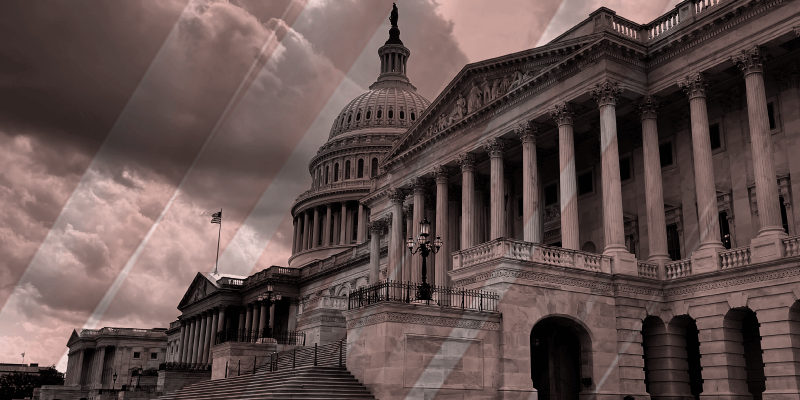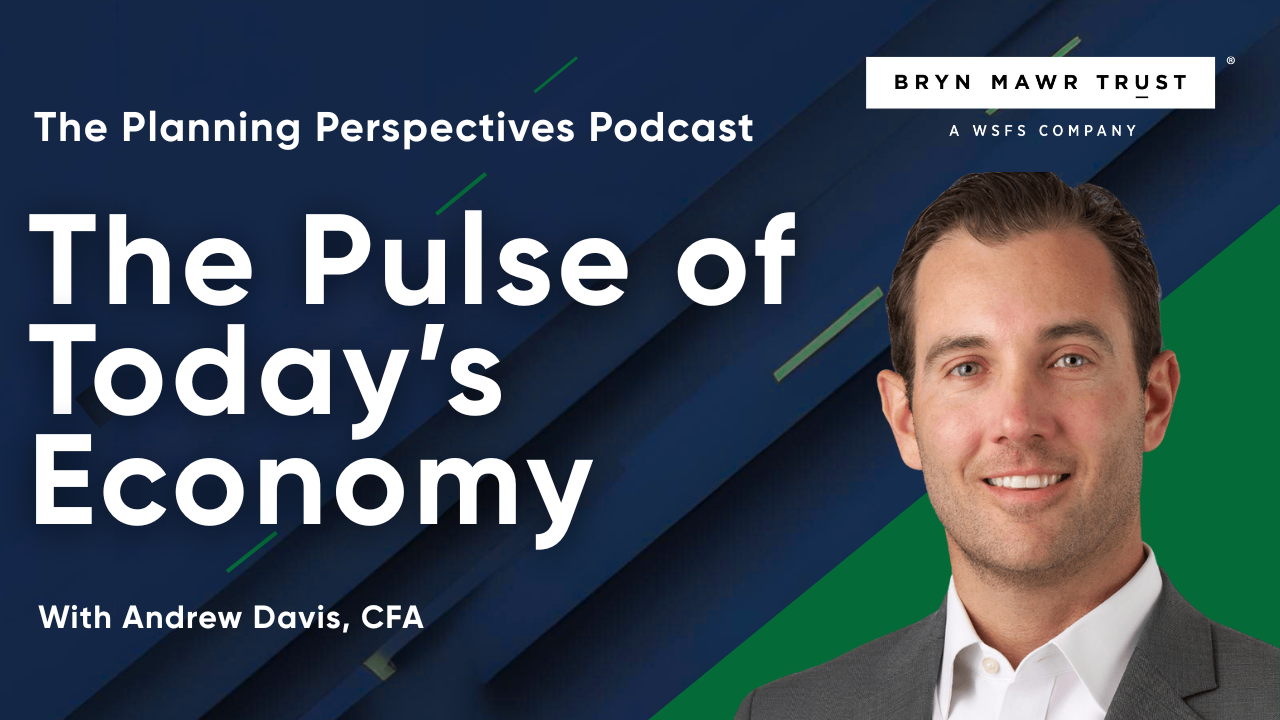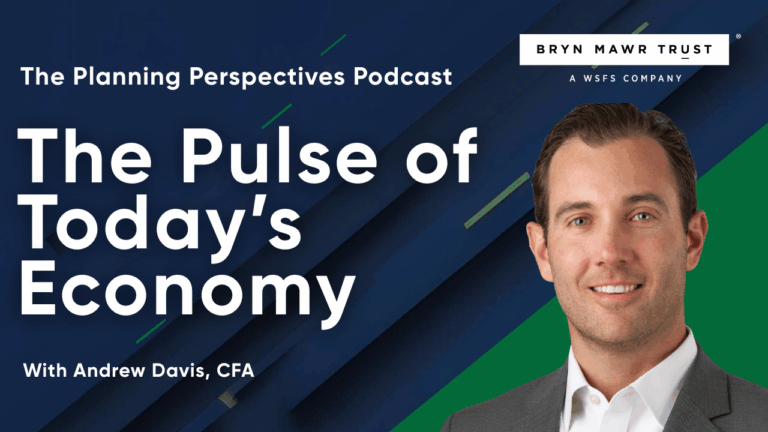Government Shutdown: Short-Term Disruption, Limited Financial Long-Term Impact

Washington is once again in a government shutdown. Investors may be asking, does this really matter for the economy and markets? History provides a valuable perspective.
What History Shows
Shutdowns occur when Congress fails to pass appropriation bills or a temporary funding extension. When that happens, federal agencies close, hundreds of thousands of workers are furloughed, and some government services are paused. At the same time, essential services and mandatory spending programs such as Social Security continue.
The economic drag is real, but typically short-lived. Our estimates suggest each week of shutdown reduces GDP growth by about 0.1-0.2 percentage points. The 2018-19 shutdown, the longest in history at 35 days, reduced GDP by roughly $11 billion, of which only $3 billion was permanently lost.[1] Most of the lost output was recouped once the government reopened and workers received back pay.
That’s why the best analogy is a hurricane; activity is disrupted while the storm passes, then rebounds when the skies clear. Unlike a real storm, shutdowns don’t destroy physical capital, so the economy is largely unaffected. The lasting losses are concentrated among government contractors, who do not receive back pay, and from dips in confidence.
Market Impact
Markets generally look through shutdowns, and with good reason. The S&P 500 has increased over the last five years, and stocks are often higher three months after the government reopens.[2] Still, shutdowns can create temporary volatility. The most immediate challenge is data; reports like the monthly job numbers and the Consumer Price Index may be delayed, leaving investors and the Fed without key inputs. That uncertainty can fuel short-term swings.
Safe havens tend to benefit. Gold has already rallied more than 10% this month to record highs[3], with shutdown risk adding to its appeal alongside broader concerns about fiscal policy and tariffs. Treasuries may also catch a bid.
Is this Time Different?
Most past shutdowns followed a predictable script: temporary furloughs, followed by back pay once Congress struck a deal. This time, however, there is a new wrinkle. Federal agencies have reportedly been directed to prepare permanent workforce reduction plans, rather than temporary furloughs.
Permanent layoffs would result in a real income loss beyond the short-term pause, which may be reflected in the government’s unemployment statistics. They could also damage confidence more severely, as businesses and households perceive political gridlock as structural rather than temporary. While it remains uncertain whether mass firings will materialize, the mere possibility increases the perceived risk premium for investors.
If most shutdowns resemble a passing storm, this one carries the risk of heavier gusts, the threat of permanent workforce reductions rather than temporary furloughs. That would be a meaningful departure from precedent. Still, history shows that even the strongest squalls eventually fade once the government reopens.
Key Takeaway
Shutdowns are disruptive, but history shows they are rarely systemic. Most of the economic impact is temporary, with spending and activity bouncing back quickly once funding’s restored. Markets tend to focus on fundamentals rather than political drama.
That said, this incident carries more uncertainty than usual. The threat of permanent workforce cuts and an elevated political backdrop mean investors should expect more noise in the days ahead. For investors, the key is to separate political noise from economic fundamentals. Shutdowns can feel disruptive in the moment, but the underlying forces driving markets, growth, inflation, and Fed policy remain unchanged.
Contact your financial advisor to better understand how these developments could impact your financial future. Don’t let the noise of the political landscape distract you from the fundamentals that drive the economy. Staying diversified and invested through the noise is what matters most.
[1] Congressional Budget Office Bryn Mawr Trust Advisors. Dates: December 22, 2018, to January 25, 2019.
[2] FactSet, Strategas, Bryn Mawr Trust Advisors. Dates: 1995, 1995, 2013, 2018, 2019.
[3] FactSet, Bryn Mawr Trust Advisors. Dates: Sep 1, 2025, to Sep 29, 2025.
Begin your journey
Have questions?
Speak with an financial expert.







